If winter is coming, then we surely get ready to face it by getting a personal heater. But making a choice and mainly the right choice is always tricky. In this article, we will be talking about ceramic and infrared heaters.
This post will tell you everything you need to know about infrared vs. ceramic heaters; explain how they line up against each other, how they work, and which is best suited to your home.
This article will inform you of everything about ceramic vs. infrared heaters, right from their functionality to their significant differences. Understanding these significant points, you will be able to make a clear-cut decision.
Heaters: A Brief Introduction
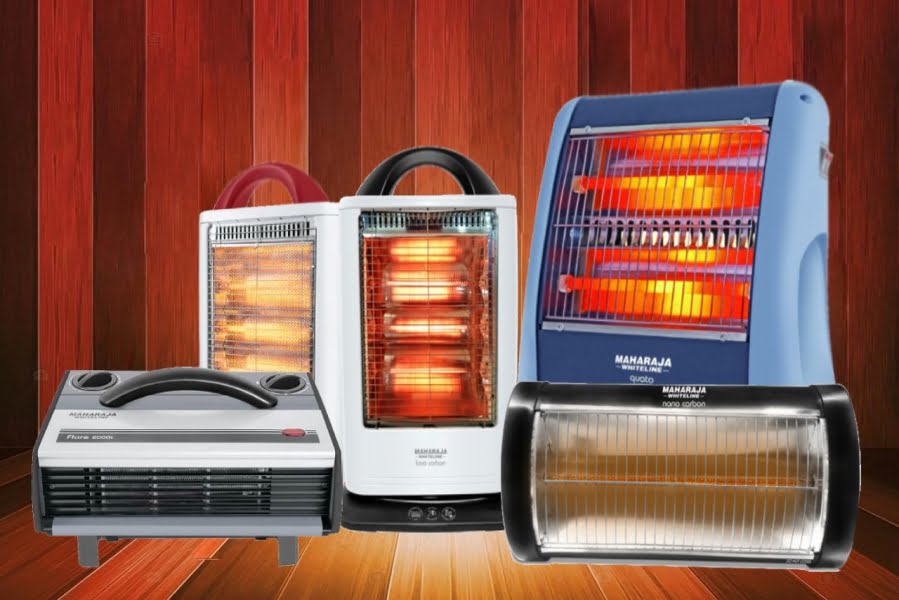
With the improvement and growth of technology in recent years, heaters captured a market and became immensely popular, replacing firewood usage. Meanwhile, the introduction of zone heating helped cut down the costs as it saves plenty of energy by heating only the target area.
This made heaters much more cost-effective and famous. Further down the road, even portability was introduced, which made heaters even more popular.
Heaters can be noted down as a necessity to fight the winter. The cold weather and freezing nights can send shivers down your spine. But you can have a good winter if you are using your heater.
Thus, heaters are always in high demand in the winter season. This has filled the market with several heaters working on a different set of principles and materials.
Depending upon your budget, range of the heater, type of your room, and other such factors, there are many types of heaters designed accordingly to cater to your needs, which are available in the market. The most used heater types are ceramic heater, infrared heater, oil heater, and radiation heater.
But the market of heaters can be referred to as Ceramic vs. Infrared heaters. These most popular heaters have some similarities and a few differences.
The main similarity is that both the heater types work on the same principle, i.e., Converting electrical energy to heat (energy). The most significant difference between these two types, however, is the process of heating.
Ceramic vs. Infrared Heater: Best of the Best
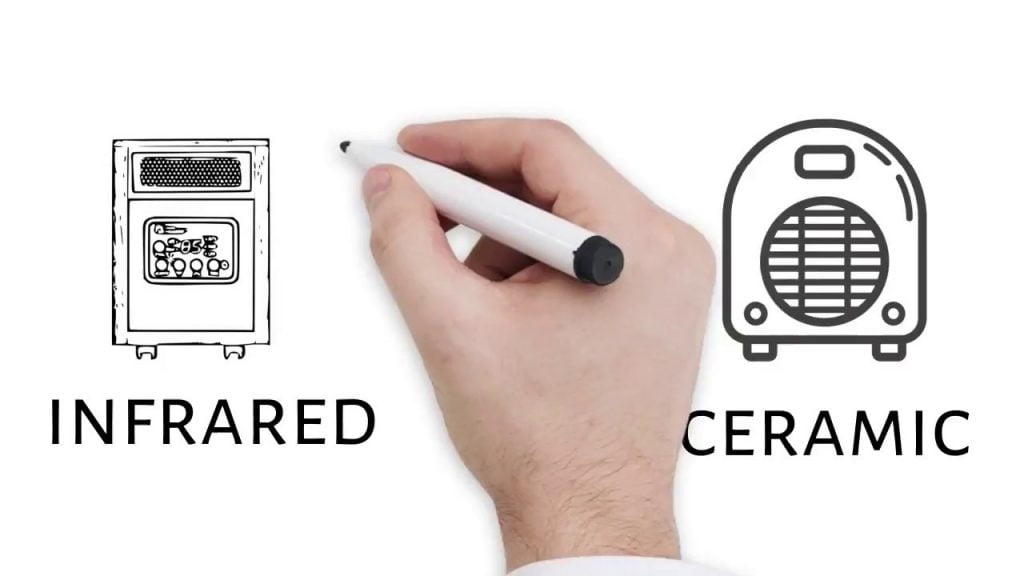
This contest is like the best two teams of sports heading against each other. Both the heaters have proved themselves in the market based on energy efficiency, zone heating, portability, etc. Thus, both these types are highly regarded by experts and people alike.
Working and Functionality
There are two types of heating, namely convection, and radiation. Ceramic heaters work by the convection mechanism of heat transfer. This has been a standard heating mechanism for many years (burning of firewood).
There are two types of convection: Natural and Forced. The latter is much more efficient in heating and employed in ceramic heaters (burning of firewood works according to natural convection). In the infrared heater, a radiation mechanism is employed.
Ceramic Heater
The process of convection heating in the ceramic heaters work by passing (cold) air over a heated surface (heated by electricity), then the (cold) air heats up and is blown by a fan out into the room. The fan achieves the quick circulation of the air in the heater.
The fan also runs on electricity. In the ceramic heaters specifically, just as the name suggests, the heated surface is a bunch of ceramic plates heated by electricity.
Convection heat is influenced and depends upon airflow. Due to this, convection heats the entire room. Thus, convection heating is suitable if there are many people in the room or if a single person frequently changes his position.
There can be a provision of a thermostat for heat regulation. Convection heating requires less energy when compared to radiation heating.
Benefits of Ceramic Heaters:
- Energy efficient
- Larger Heating Range
- Portable and Safe
- Consumes less electricity
Infrared Heater
Infrared heaters radiate heat. This type of heating mechanism directly heats the target spot. As the name suggests, infrared heaters radiate infrared rays, which in turn heat the target path. These infrared rays can reflect and refract like ordinary (visible) light rays. If a person comes in the path of the infrared rays, it transfers heat to that person directly.
Infrared heaters are very different from ceramic heaters, but even they need electricity for functioning. Infrared heaters do not blow air like convection heaters. This is the reason why there is no fan used in infrared heaters. Infrared heater emits heat waves of a particular wavelength in the infrared zone, which does not fall under the visible light spectrum, and thus we cannot see these radiation heat waves.
This radiation can be compared to the sun’s radiation, but in an infrared heater, the heat waves are more focused on a particular spot. This makes infrared heaters best for targeted heating. Let us say you work continuously sitting at a particular spot, and infrared heating can be the best heating solution for you! The heating is Not only quick but also very target-oriented.
Another significant advantage of an infrared heater is that it is highly independent of airflow and hence irrespective of airflow, you get proper heating. As there are no fans except a heating core block in infrared heaters, they have minimum maintenance and make less noise.
Benefits of Infrared Heaters:
- Better in the Health aspect
- Inexpensive
- Quieter in operation and working
- Low maintenance
Energy Efficiency
As previously mentioned, both the heaters have proved themselves as energy efficient but let us compare both the heaters to decide the victor in energy efficiency.
Ceramic plates in ceramic heaters cool down faster than the heating core in infrared heaters. Thus, ceramic heaters save some energy in this aspect.
Overall, even the process of convective heating is more energy-efficient than radiation. Thus, generalizing the situation, one can consider ceramic heaters as a bit more energy efficient.
To achieve maximum energy efficiency in ceramic heaters, close all the windows and doors to restrict the escaping heat. But second to ceramic heaters, even infrared heaters are energy efficient because they focus on a particular target spot and bombard infrared rays, which provide good heating.
There is no extra energy required to heat the whole room. This is the reason why even infrared heaters are energy efficient.
Heating Range
As previously mentioned, ceramic heaters can heat the entire room, while infrared heaters have a specified target area.
Portability
Even here, the ceramic heaters win! They are easy to move around from one place to another. The infrared heaters are wall mount and are extremely difficult to relocate.
Health and Safety
Ceramic heaters are the winners again! Infrared heaters are not safe if you have children and pets in your house. The heating element is yellow/orange in color, which can attract children and pets towards it. The heating element is so hot that even the waves are scorching when you go nearer to the heater.
But if you mount them properly away from the reach of your children and pets, then it is well and good because infrared heaters are much better in the health aspect. Ceramic heaters are safer because the ceramic plates do not reach higher temperatures and are well protected from the surroundings.
Sound
Infrared heaters are clear-cut winners because they do not have any fan or moving parts, and thus they are excellently quiet. Ceramic heaters consist of a fan, which makes a lot of noise.
Electricity Consumption and Cost
Ceramic heaters consume way less electricity than infrared heaters, but usually, ceramic heaters are costly.
Thus, we can sum up the benefits of individual heaters.
The Conclusion
Concluding, both ceramic and infrared heaters units are energy efficient. Still, the infrared heaters can be a bit hotter when you got nearer to them, but they are way better than the ceramic heaters in terms of health aspects.
- 2 in 1 heater fan: This ceramic heater provides two heat levels, 1500W or 750W and one cool air fan,...
- Multi protection safety system: These heaters are made of flame retardant material avoiding any fire...
- Compact and powerful: 7.9 inch x 6.2 inch x 10.2 inch, 2.9 pounds Portable mini heater with build in...
- Quiet and fast heating: The noise this ceramic heater makes is lower than 45 decibels, quiet enough...
- Upgrade abs material: Upgrade abs material applied, which is more flame-retardant. The room heater...
Infrared heaters are quieter than ceramic heaters, but they glow yellow/orange when working. Ceramic heaters are not only portable but also cover a larger area than the infrared heater.
No products found.
Even after the analysis, it is tough to pick the best one amongst these heaters as both have their benefits. But we list down the major three factors which you should consider before buying a heater:
- Heating Range
- Budget
- Health and Safety
For example, a ceramic heater may be expensive initially, but they consume less electricity than the inexpensive infrared heater. So, if you can spend a bit more money initially, then a ceramic heater is the best.
Finally, the decision is in your hands. Analyze your requirements and make a smart choice!

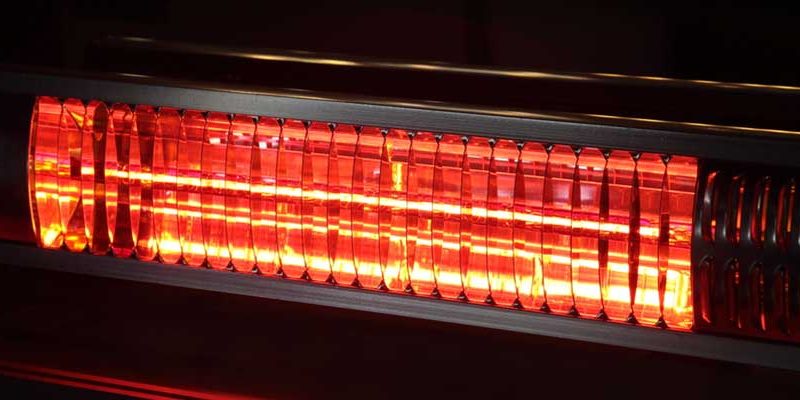


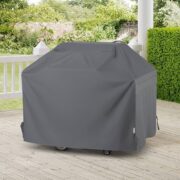



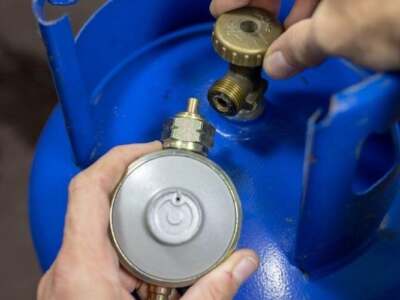

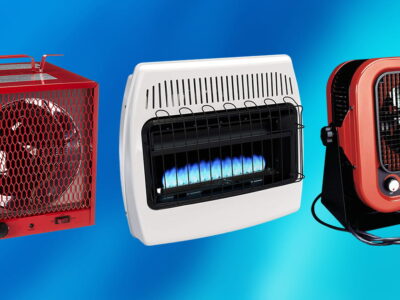
[…] not be able to heat a room with its heating power alone. However, if you use another heat source such as a heater, the heat is perfectly sufficient even for cold winter […]
[…] not be able to heat a room with its heating power alone. However, if you use another heat source such as a heater, the heat is perfectly sufficient even for cold winter […]
[…] leggings are extremely comfy, sensitive, and supportive even when around infrared heaters. The fabric is quite soft, making it simpler to move around. When you wear these leggings while […]
[…] leggings are extremely comfy, sensitive, and supportive even when around infrared heaters. The fabric is quite soft, making it simpler to move around. When you wear these leggings while […]
[…] we begin comparing, ceramic heater vs infrared heater, then there is not that much of a difference, both are the perfect choices to buy for heating up a […]
[…] heaters available. Oil-filled models work best for providing a comfortable warmth and dry air, while ceramic vs infrared heater units offer the most energy-efficient option with no worries about potential fires or chemical emissions. If you are looking for an easy-to-use […]
[…] friendly options available because it uses no gas or electricity to produce heat. The result is a ceramic vs. an infrared heating system that is much safer than other […]
[…] heaters use either ceramic vs infrared vs quartz heaters emitters and work on convection principles for them to function properly and effectively. The […]
[…] are two types of ceramic heaters, infrared, and convection. In ceramic vs infrared heater, Infrared heats objects that it meets while a convector heater circulates air to distribute warmth […]
[…] or vaporized fluid exits the boiler for use in various processes or heating applications, including water heating, central heating, boiler-based power generation, cooking, and […]
[…] ceramic vs infrared heater is a type of space heater that works by emitting invisible waves in the form of heat. These waves […]